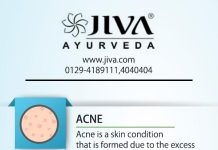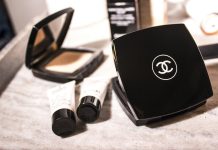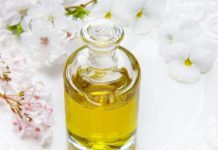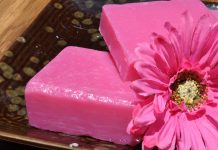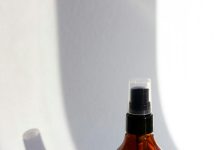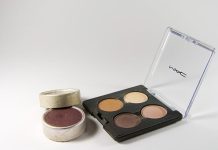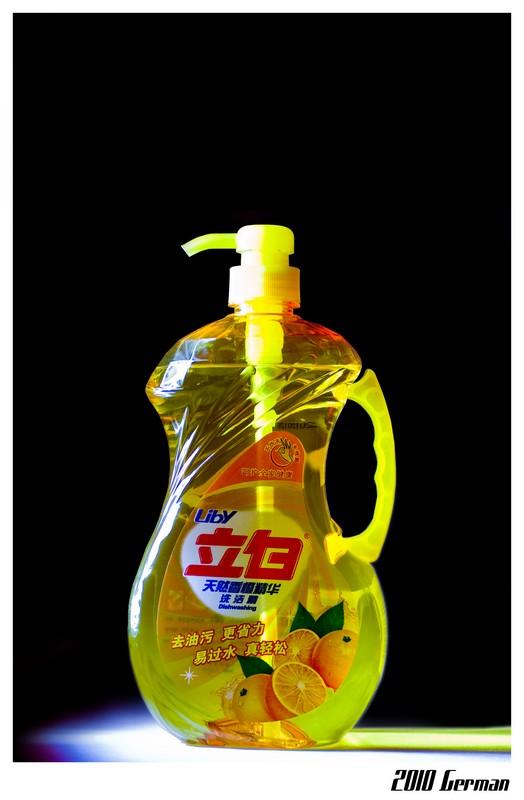Imagine standing in front of a seemingly endless aisle of skincare products, each promising to be the magic potion your skin craves. The labels shout at you with words like “hydrating,” “clarifying,” “gentle,” and “deep-cleansing.” As you reach for a bottle, you hesitate, questioning whether it’s the right choice for your skin’s unique needs. The quest for the perfect cleanser can feel like navigating a labyrinth, but it doesn’t have to be a daunting journey. In this article, we’ll demystify the process of selecting the ideal cleanser, guiding you through the maze with practical tips and expert insights. Let’s embark on this skincare adventure together, ensuring that every splash and lather brings you one step closer to radiant, healthy skin.
Understanding Your Skin Type for Optimal Cleansing
To select the ideal cleanser, it’s crucial to first identify your skin type. Each skin type has unique characteristics and needs that influence which ingredients and formulations will work best. Here’s a quick guide to help you understand the various skin types:
- Normal Skin: Balanced, not too oily or dry, with minimal imperfections. Opt for gentle, hydrating cleansers.
- Oily Skin: Shiny, with larger pores and prone to breakouts. Choose foaming or gel-based cleansers that help control excess oil.
- Dry Skin: Flaky, rough, and often tight. Creamy or lotion-based cleansers with moisturizing ingredients are ideal.
- Combination Skin: Oily in the T-zone and dry or normal elsewhere. Use a gentle cleanser that balances both oil and hydration.
- Sensitive Skin: Easily irritated, often red or itchy. Look for hypoallergenic, fragrance-free cleansers with soothing properties.

Ingredients to Look for and Avoid in Cleansers
When choosing a cleanser, it’s crucial to be mindful of the ingredients to ensure it aligns with your skin’s needs. Look for hydrating ingredients like hyaluronic acid, glycerin, and aloe vera, which help maintain the skin’s moisture balance. Antioxidants such as vitamin C and green tea extract can protect your skin from environmental damage and keep it looking youthful. Gentle exfoliants like salicylic acid and lactic acid can help to clear pores without being overly abrasive.
On the flip side, there are certain ingredients you might want to avoid to prevent irritation or dryness. Steer clear of harsh sulfates like sodium lauryl sulfate (SLS) and sodium laureth sulfate (SLES), which can strip your skin of its natural oils. Alcohol-based ingredients can also be drying, so watch out for names like ethanol and isopropyl alcohol. Additionally, synthetic fragrances and dyes can cause allergic reactions or sensitivity, so opting for fragrance-free or naturally scented options is often a safer bet.
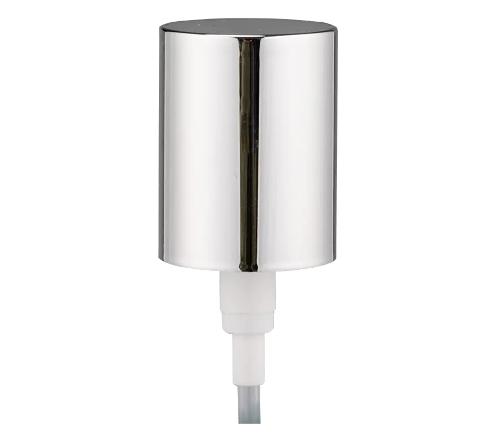
How to Test a Cleanser for Compatibility with Your Skin
Before you commit to a new cleanser, it’s crucial to ensure it complements your skin type and doesn’t cause irritation. Start by performing a patch test. Apply a small amount of the cleanser to a discreet area of your skin, such as behind your ear or on the inside of your wrist. Wait 24 hours to check for any adverse reactions like redness, itching, or swelling.
Additionally, consider the following tips to assess compatibility:
- Check the Ingredients: Look for ingredients that suit your skin type. For example, salicylic acid works well for oily skin, while hyaluronic acid is ideal for dry skin.
- Observe Immediate Effects: After using the cleanser, note how your skin feels. Does it feel tight and dry, or soft and hydrated?
- Monitor Long-Term Results: Use the cleanser consistently for a week. If your skin maintains its balance without breakouts or excessive dryness, the product is likely a good fit.
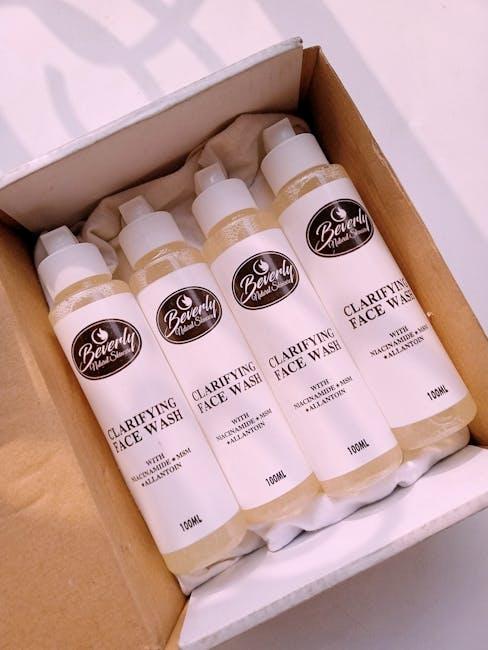
Top Cleanser Recommendations for Different Skin Concerns
Finding the perfect cleanser tailored to your specific skin concern can be transformative for your skincare routine. Here are some top recommendations to address a variety of skin issues:
- Oily Skin: Look for gel-based cleansers with ingredients like salicylic acid or tea tree oil to control excess sebum and prevent breakouts.
- Dry Skin: Cream or lotion cleansers enriched with hydrating elements such as hyaluronic acid or glycerin can help retain moisture and soothe dryness.
- Combination Skin: Opt for a balanced cleanser that can address both oily and dry areas, such as a gentle foaming cleanser with botanical extracts.
- Sensitive Skin: Choose fragrance-free, hypoallergenic cleansers with calming ingredients like chamomile or aloe vera to avoid irritation.
- Acne-Prone Skin: Consider cleansers with benzoyl peroxide or glycolic acid to effectively combat acne-causing bacteria and exfoliate dead skin cells.





